The Ascent: A Great Climb in a Cyberpunk World
Started from the bottom now we’re here…
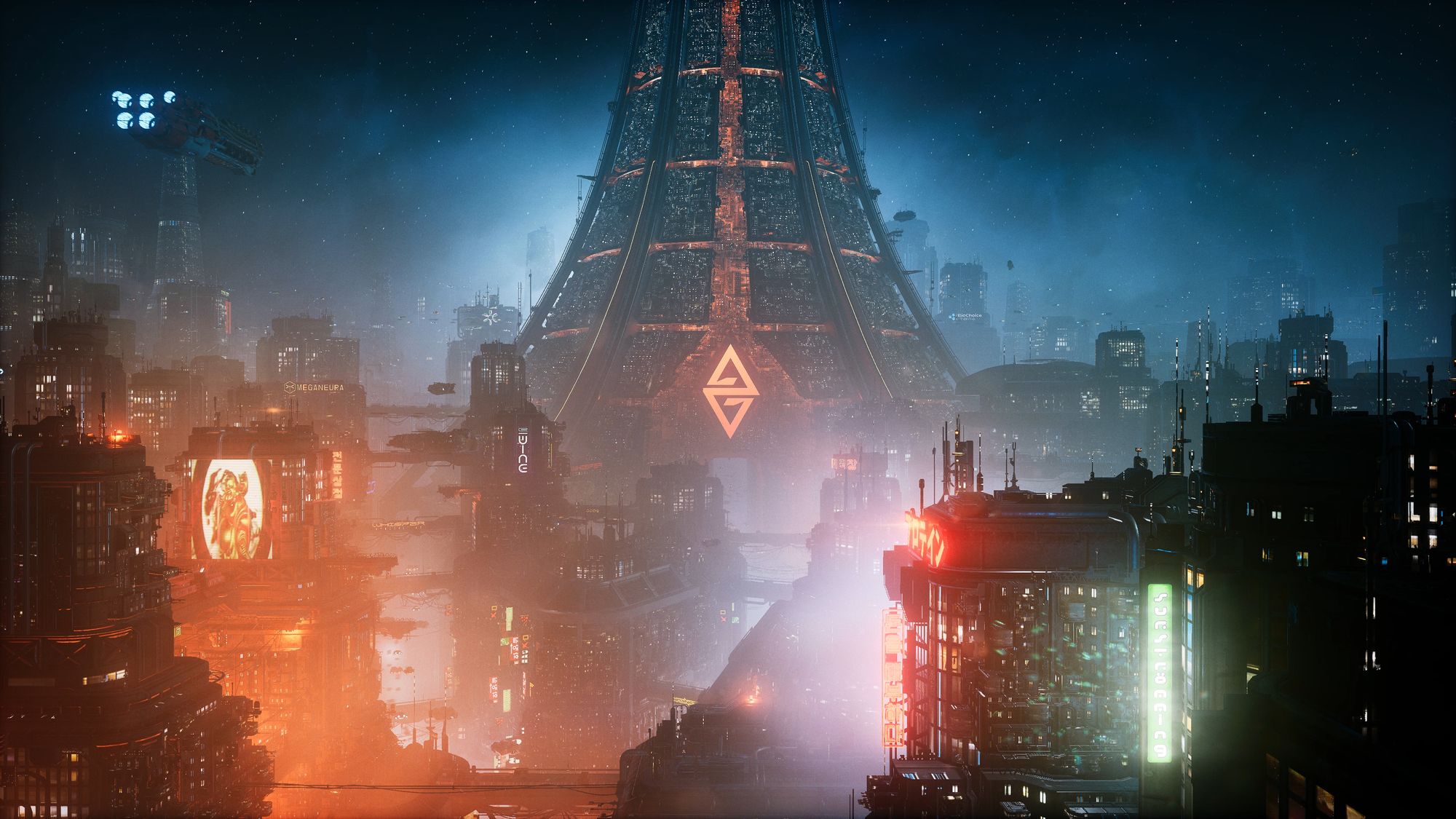
If you were to ask 100 gamers what makes a cyberpunk game, well, “cyberpunk”, you’d likely get close to 100 different answers. You may even hear someone invoke Supreme Court Justice Potter Stewart’s famous description of pornography when he wrote “I know it when I see it”. Good news then folks, because I’ve seen The Ascent, and this is cyberpunk.
For some, defining cyberpunk means glowing neon lights and 80-foot tall video billboards selling who knows what high-tech solution. For others it is the presence of androids, mechanical humanoids, cybernetically augmented humans, and all other manner of species trying to eke out a living in a squalid future city, owned and run by corrupt corporations, far below the ivory towers of the rich and powerful. I’m happy to say that developer Neon Giant has crafted an environment with all this and much more, creating arguably one of the best cyberpunk worlds since Blade Runner. It looks like and feels like, what cyberpunk should.
Note: For the sake of full disclosure, I reviewed this game with a free code provided by the developer, and played the game in its pre-release form. In no way does it affect the conclusions represented in this article.
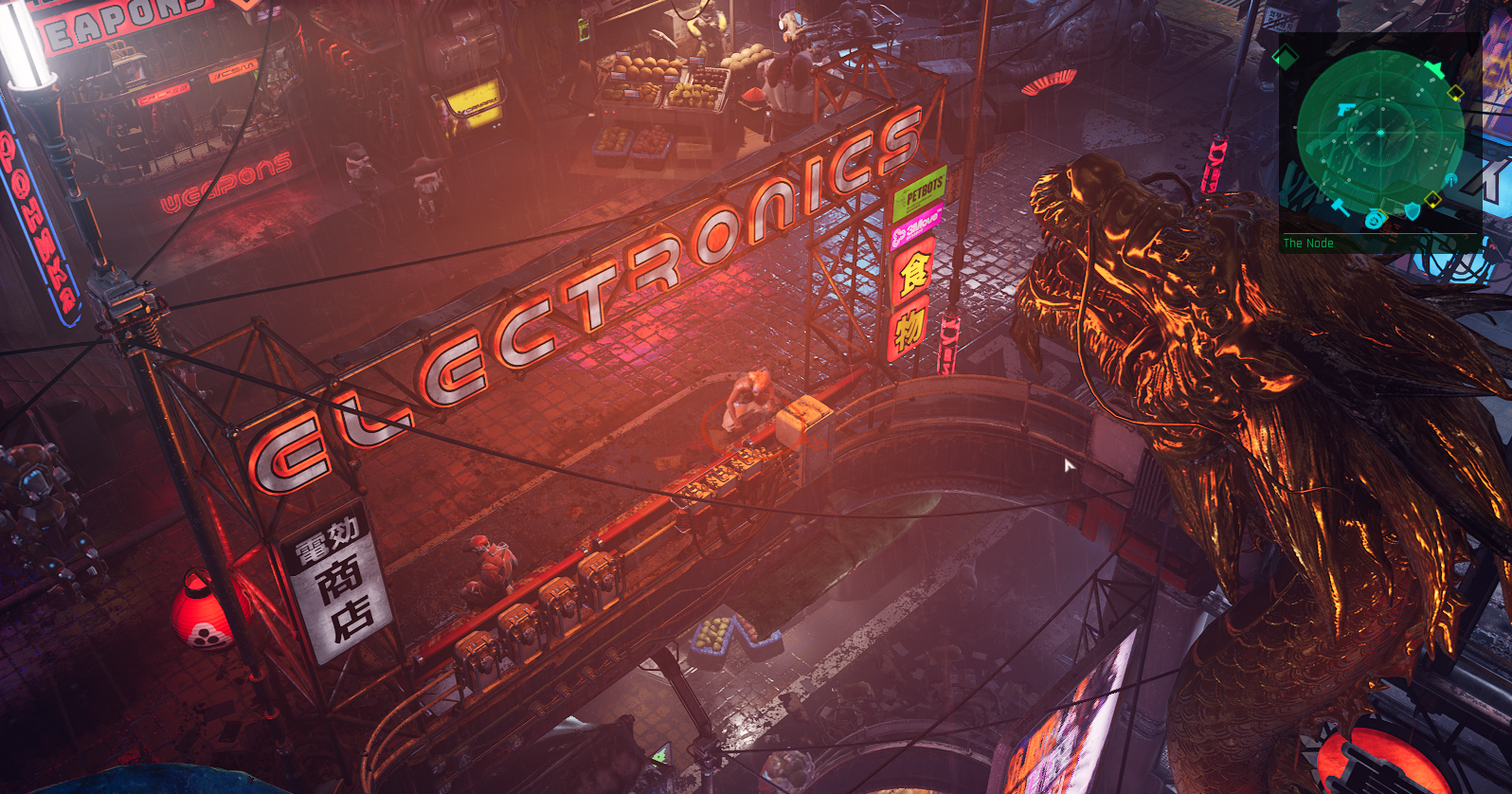
Story
The Ascent is an action RPG (called a shooter-RPG by the developer) set on Veles, a world where The Ascent Group Arcology teems with life. It is a metropolis that rises high above the surface of Veles, where creatures from across the cosmos come for work. To pay their passage to Veles, they are enslaved by The Ascent Group, trapped in a never-ending cycle of indentured servitude that means they will never escape the grasp of the corporation. You, as the protagonist, are one of these “indents”, doing only as you are told with no freedom to speak of.
That is, until one day when the Group goes belly-up for unknown reasons, creating a vacuum into which various factions step forward. Suddenly, no one is there to tell you what to do, and chaos threatens to push in from all sides. It’s up to you to find out what is going on and survive the dangerous streets of the Arcology in the process. This is a spoiler-free review, but suffice to say that in true RPG fashion, you (or up to 4-players in local co-op action) will go on various missions across the main story, along with a bevy of potential side missions for the many different groups and individuals you will encounter along the way.
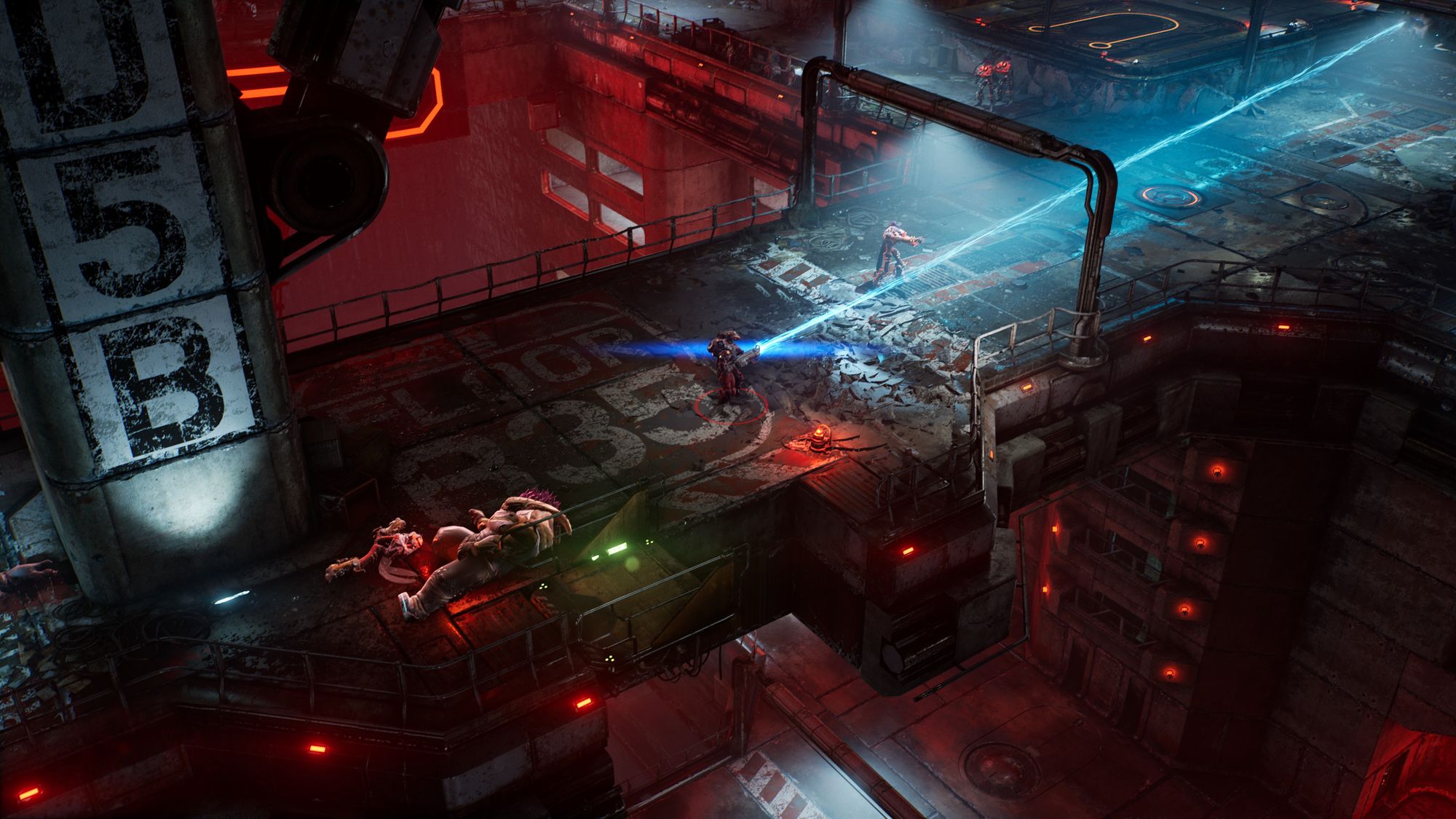
Gameplay
As the term shooter-RPG indicates, the game revolves around an arsenal of guns. There are basic pistols, SMG, shotguns, and the like. Some have interesting effects like setting their intended victim on fire, a nice tactical option where one or two shots can eventually take down a foe while you hide in safety. You can carry two weapons at a time, switchable at the press of a button.
Your loadout also includes two augmentation slots, with options like a punch that turns most enemies into flaming husks or increased weapon efficiency. There are also two mod slots, allowing for things like passive health regeneration and better aiming. Finally, you have tacticals, items like grenades and drones that freeze your enemies, allowing you to pump them full of bullets until they actually explode.
In a much-appreciated design choice, all ammo is infinite. No need to chase down the right bullets, just press reload and you’re back in business. Tacticals must be re-energized by killing enemies, and active augmentations are on a simple cooldown timer. In addition to weapons, defense is also paramount, as the head, upper body, and lower body all have their own pieces of gear which affect the different damage types that weapons can do to you in combat. It is, fortunately, easy to see what each stat means and how each piece of gear compares, something that isn’t always well done but is absolutely essential to a loot-driven RPG.
Combat is always a frantic, sweaty affair where players will need to take advantage of the abundant cover options in order to dispatch their enemies. Aiming high allows firing from cover (the right stick aims your laser-sighted weapons at all times) while aiming low is necessary for shorter enemies. Battles will almost always pit you against a group of baddies, and going toe-to-toe will only result in your untimely death.
Fighting retreats and ducking behind cover is the only way to survive most encounters, and the AI is smart about trying to flank and setting up ranged weapons like mortars, so no two fights play out the same. It is possible for an off-screen group of enemies to join in, giving you a bad tactical picture, but that didn’t happen often in my time with the game. There are multiple paths through most sections of the city, allowing for some planning of how to attack a group or even avoiding combat altogether, but at times you’re going to be in the much no matter what.
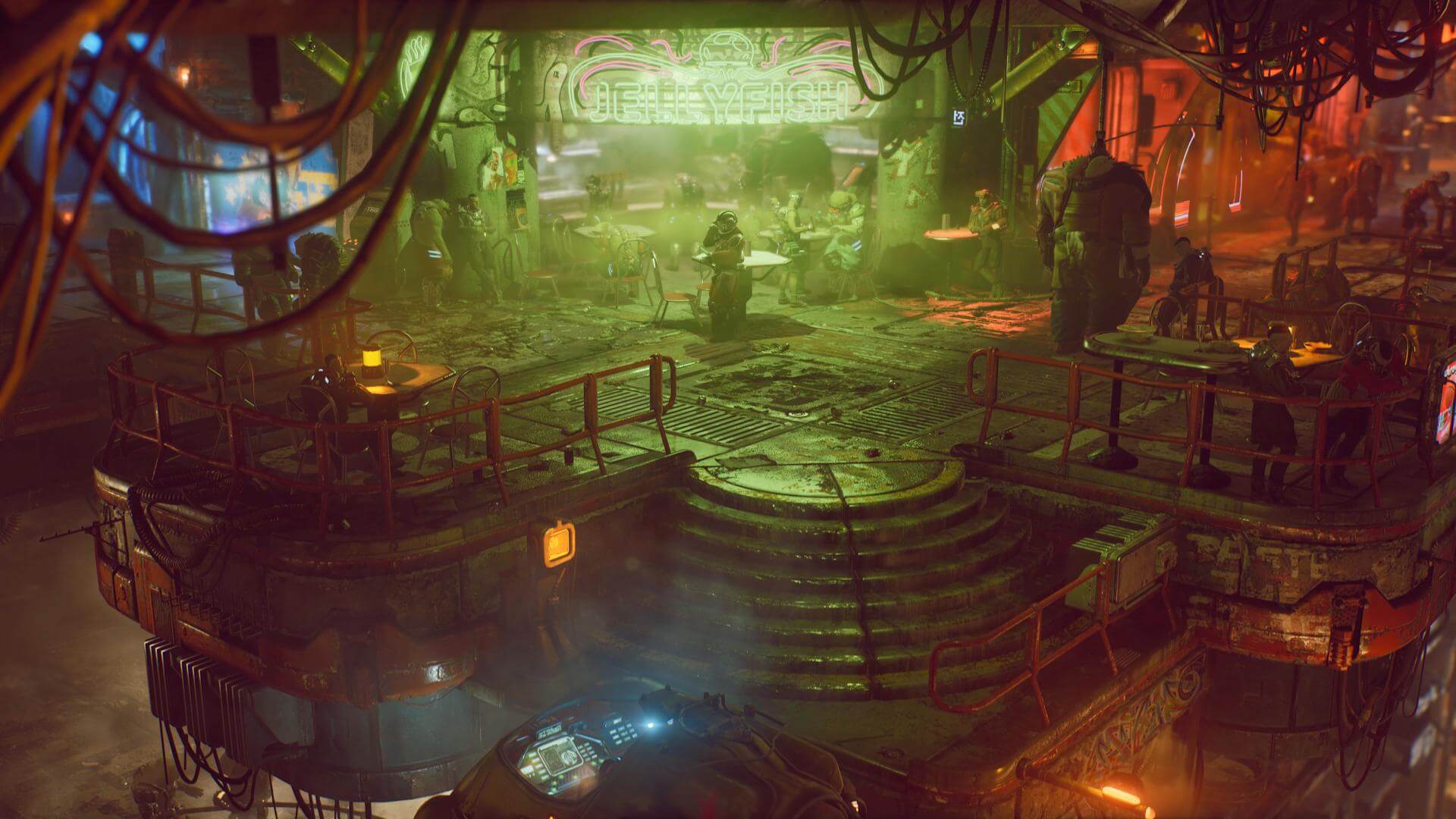
Fast travel is also available for getting around efficiently in the world, allowing you to skip over potentially dangerous combat, though at the cost of more opportunities for loot. The city’s train system will take you to a few locations for free. After the first few missions, travel by taxi will open up, where for a cool 1,000 credits, you can go anywhere you want to end up.
Player progression is relatively standard RPG fare. Your character earns XP for missions and combat, leveling up when enough experience accumulates. For each level gained, three skill points are awarded, which can be dumped into any of eight different skills which upgrade health, endurance, etc, and feed four main attributes for your character.
Weapons and other gear can be upgraded in a similar manner, as you collect three different types of components that act as the currency to increase the power of the various items you use in your death-dealing and exploring. These upgrades can be done at the appropriate shops, and it all works in an easy-to-use and efficient manner. The systems are never confusing and all work well together, making the actual playing of the game an enjoyable experience that never gets in your way.
Tidbits
The game’s pause screen is a plethora of useful information, which includes the character stats and where the skill points are spent. Weapon and armor load-outs are easy to manage, swapping out guns and augs while easily comparing the merits of each piece of gear. Swapping between active missions is also easy, with story missions separated from side quests, with the associated markers showing up on the game’s main map. The Codex is an impressive feature here, with pages and pages of lore, background, and more that really sell the game world and let players dig as deep as they want.
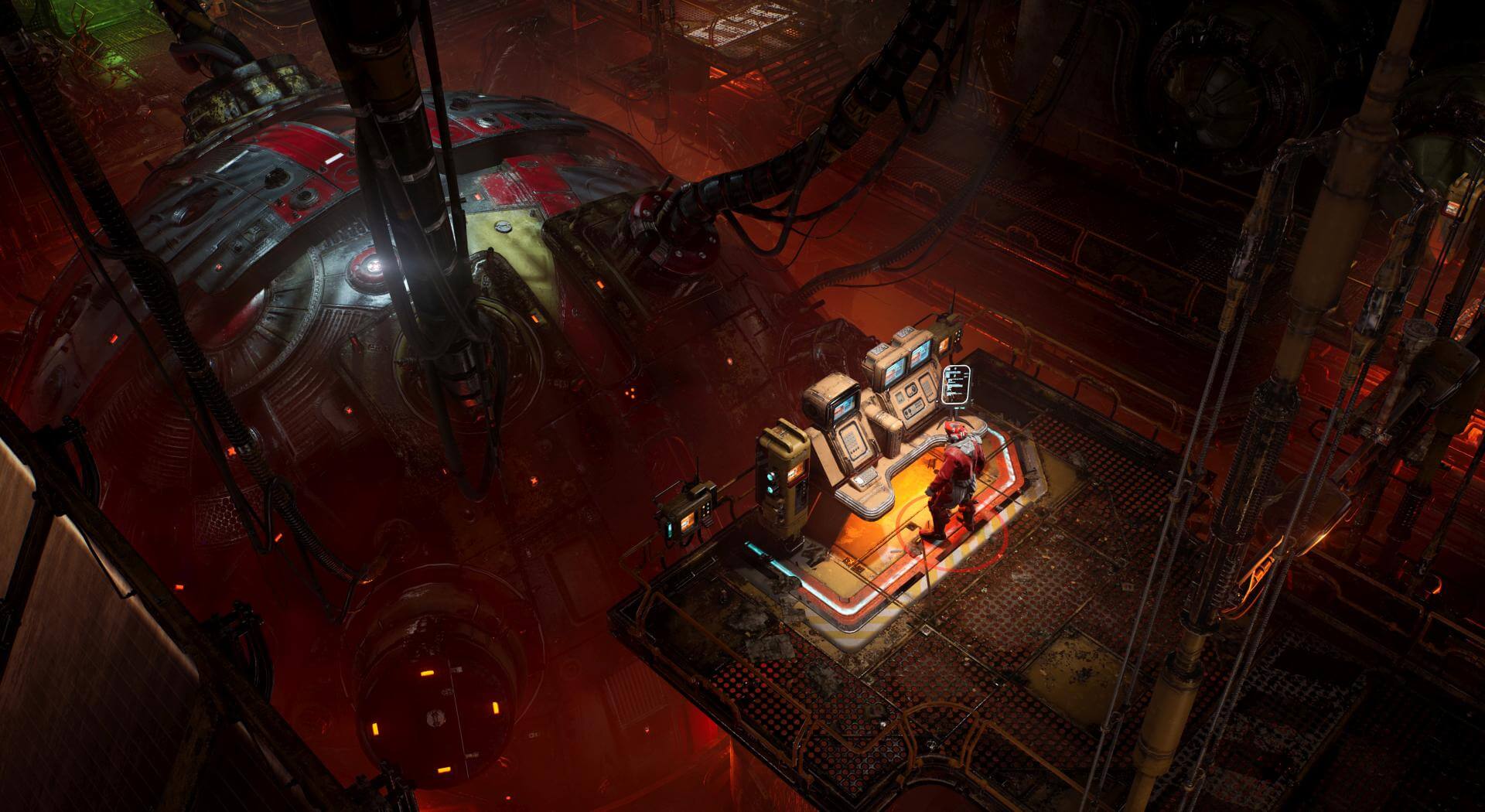
Speaking of that map, there is a lot going on there, and it can get quite confusing, especially when zoomed in close to a small section of a district. There is a helpful legend to know what each symbol means (loot, shops, etc) but it would be very helpful to be able to turn various symbols off if a cleaner look at the map is desired.
The game's combat is well balanced, and the fact that the dodge roll has a cooldown period makes it impossible to roll-spam as can be done in so many other games. I would have loved a basic punch-kick button for times when my gun was reloading, especially seeing as there are melee-only bad guys who will run up to crack your skull. One of the first augs you will get is that super punch, and there are likely others, but just a simple punch button would have been helpful in close-quarters action.
The voice work is quite good, especially for a pseudo-indie title such as this. Lip-syncing isn’t where it could be, but that doesn’t mean as much to me as it does to some folks. The camera can be a little tough to deal with at times, but the developer has done its best to deal with this by showing an outline of your character when out of view.
That same camera delivers some of the more delightful moments in the game. It will dynamically change angles to deliver some truly cinematic moments and literally changes the game to a side-scrolling run and gun challenge in at least one spot.
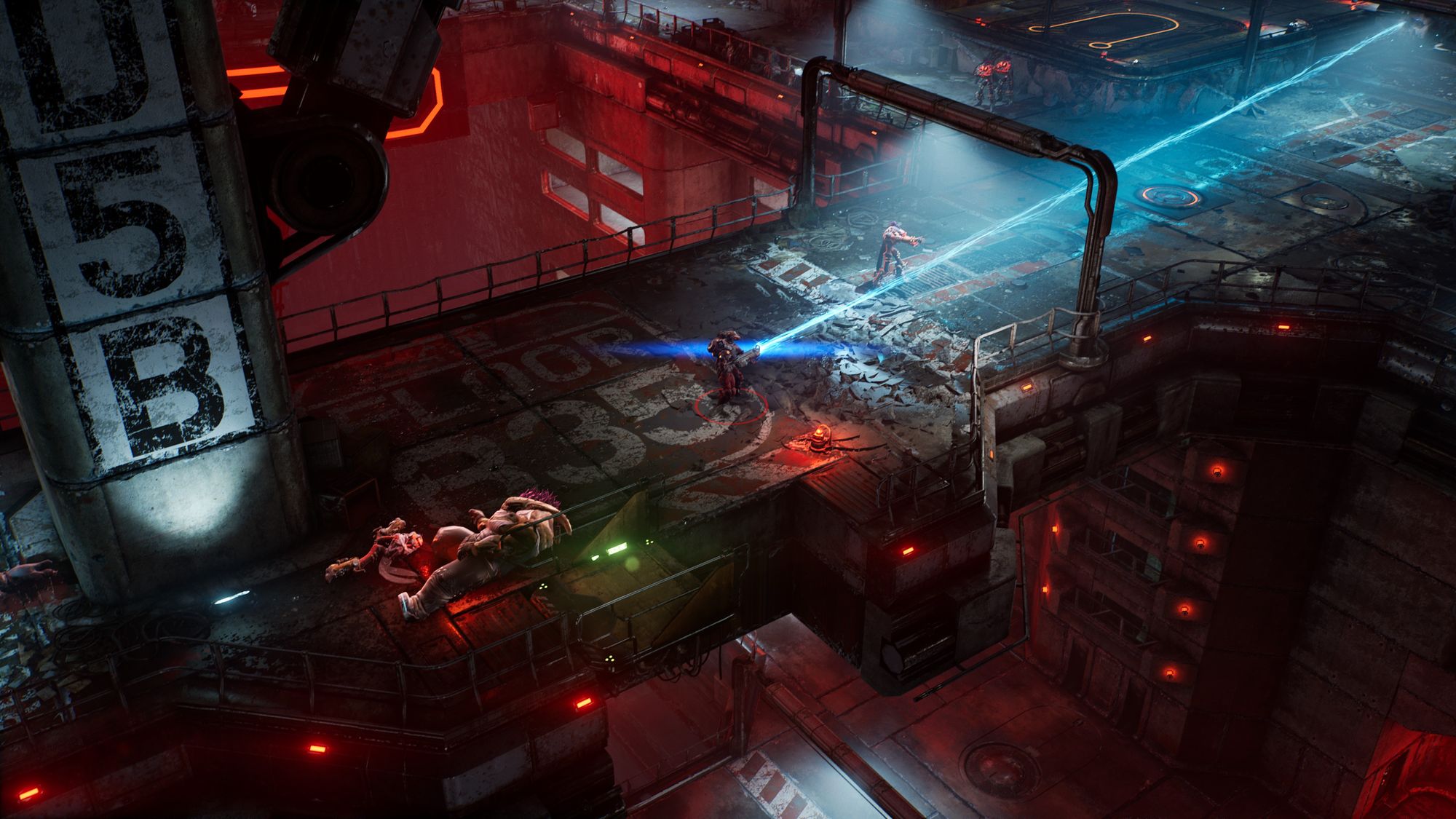
With all the game does right, the few negatives feel like nitpicking, but they do bear mentioning. Early in the game, it can be very easy to wander into fights you can’t handle, possibly leading frustrated gamers to quit before they can get adjusted to things.
Some sidequests can be frustrating in their vague descriptions and objectives. Early on I picked up a sidequest to help someone test the properties of enemies who are killed by stasis-overcharge. The quest description doesn’t tell you what that is or how to do it, and the only way to know is to look in the Codex under tutorials to learn what it even means, and it still doesn’t tell you how to achieve it. Through trial and error, I learned that you could buy the Stasis Drone tactical, which puts the enemy into stasis for you to make them explode, but there was no easy way to figure it out. Putting something as simple as (Requires Stasis Weapon or Stasis Drone) in the mission description would at least give the player a clue.
The game does present technical issues for lower-end systems, and while the developer has said that optimization for those rigs would happen before release, it is worth mentioning for gamers to consider before buying in. The game runs on Unreal Engine 4 and has the ability to look amazing. The detail levels can be adjusted to help with performance, resolution can be scaled, and of course, the game can be played in a window at lower resolutions.
My system is practically prehistoric, almost five years old now, so I knew what I was in for. But even with everything turned to low and windowed sub-1080p resolution, I still had regular 2–4 second freezes in the gameplay. The first level plays great even with full settings because there is comparatively little happening. But on the surface, with dozens of NPCs around at any given time, there is just so much happening on-screen at once that the game really can punish older hardware.
That said, this will be one of the first games I fire up whenever I can get a new rig built, as I know the lighting and particle effects will be stunning when cranked to max levels. Neon Giant has done a good job making fixes during the pre-release window, and I’m confident they will do the same moving ahead. If cyberpunk is your thing, buy The Ascent without reservation and enjoy the neon-soaked dystopia.
